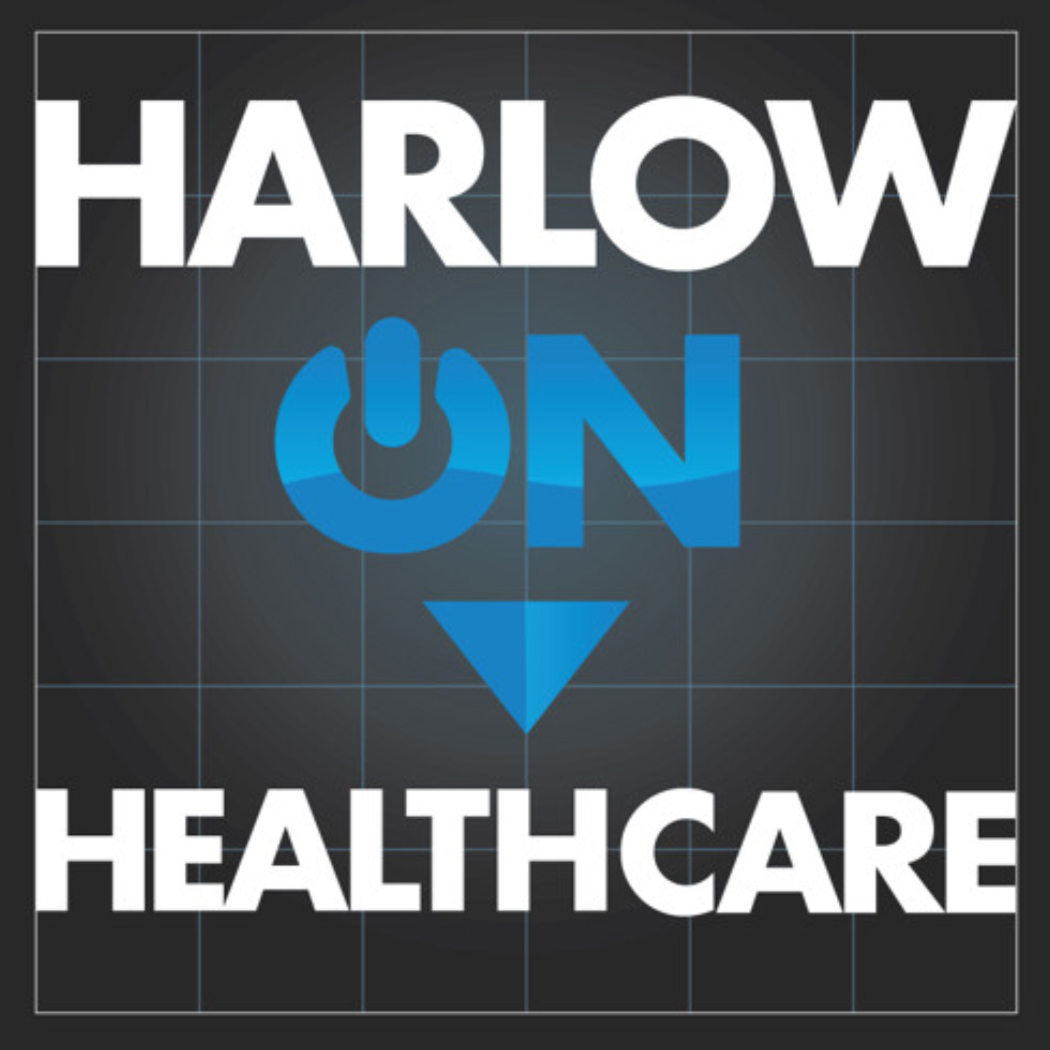Ken Thorpe's Partnership to Fight Chronic Disease released a report today providing a side-by-side comparison of leading health reform bills' approaches to chronic disease prevention and management. From the website linking to the report:
- Roll out evidence-based models for nationwide coordination of care in Medicare within the next three years;
- Immediately expand the types of treatments in Medicare that would be paid on a "value," not "volume," basis;
- Aggressively promote chronic disease prevention in the traditional health care system and beyond;
- Remove barriers patients face to avert the development and progression of chronic illness; and,
- Move from a paper-based system to a high-tech system that helps to coordinate care.
OK, we get it. Ken also participated in the latest White House health care roundtable (this, a medical home discussion around tables arranged in a square …).
Since chronic disease accounts for 75% of our health care spend, it is reasonable to focus our collective energy on improving prevention and management of chronic conditions. One of the best approaches to date is the medical home model, and a number of different approaches to implementing this model from around the country were presented at the recent White House roundtable. The Joint Principles of the Patient Centered Medical Home (PCMH), a 2 1/2 year old consensus document produced by several medical societies, is a key starting point for any discussion of medical home implementation.
As Thorpe noted on a conference call accompanying the release of the report today, the various bills wending their way through Congress address the medical home concept, allocating as much as $1.5 billion over 5 years (in the most generous of the bills). Thorpe suggests that a $25-30 billion commitment over ten years could yield $100 billion in savings by reducing expenses related to hospital readmissions (though I must point out that if bundled payments for episodes of illness are phased in, these readmissions would not be separately reimbursed, so this savings figure is perhaps not the best argument in favor of medical home funding).
The American Academy of Family Physicians announced the launch of its own social networking site today. TransforMED, an AAFP subsidiary, is promoting the service as a means for its members (MDs, PAs, NPS and physician office staff) to help primary care practices adopt the PCMH model.
Earlier today, I saw a demo of the site and heard a testimonial from an early adopter doc, and it seems that this could be a useful tool in disseminating information to far-flung smaller practices interested in adopting some or all of the approaches subsumed within the PCMH concept.
The key issue right now, of course, is who will pay for all this care coordination goodness? Federal demos are a year or so away, and will be time-limited. Some integrated and employed-physician systems (the Geisingers and Group Healths of the world) are funding this internally, and as their positive experiences are better understood, payors will be more willing to help foot the bill, understanding that there is a potential ROI on the order of 200-400%. Key issue for the future: Who gets to pocket the change?
David Harlow
The Harlow Group LLC
Health Care Law and Consulting



Dear David,
I fouund this impressive and most helpful. It show how complex the issues are that are being debated, a complexity not understood by most people. I am interested since I work in the area of prevention of psychopathology in children at risk in a variety of settings.
With best wishes to you and your family,
Charlie Greenbaum